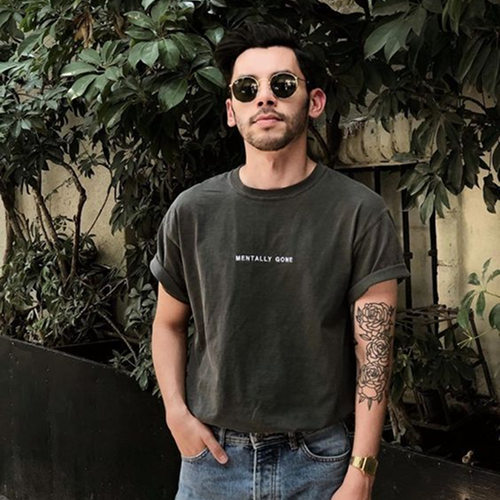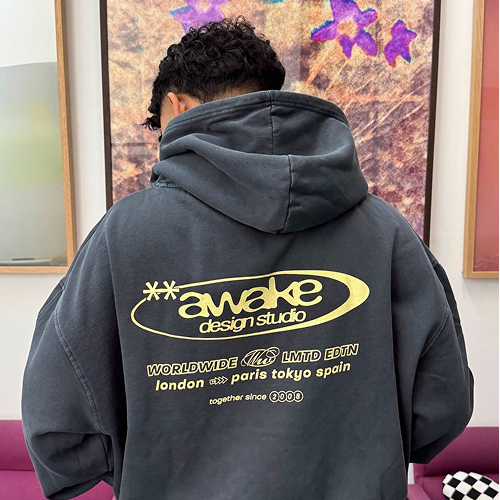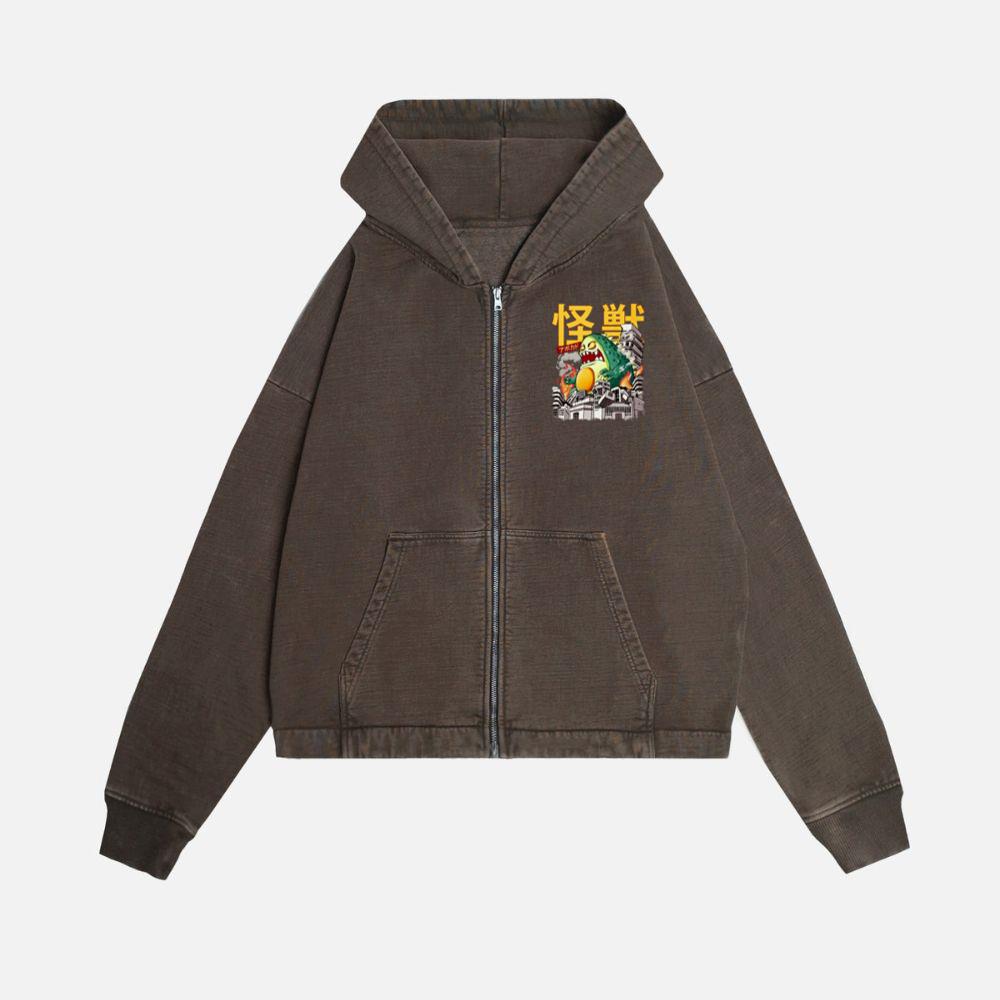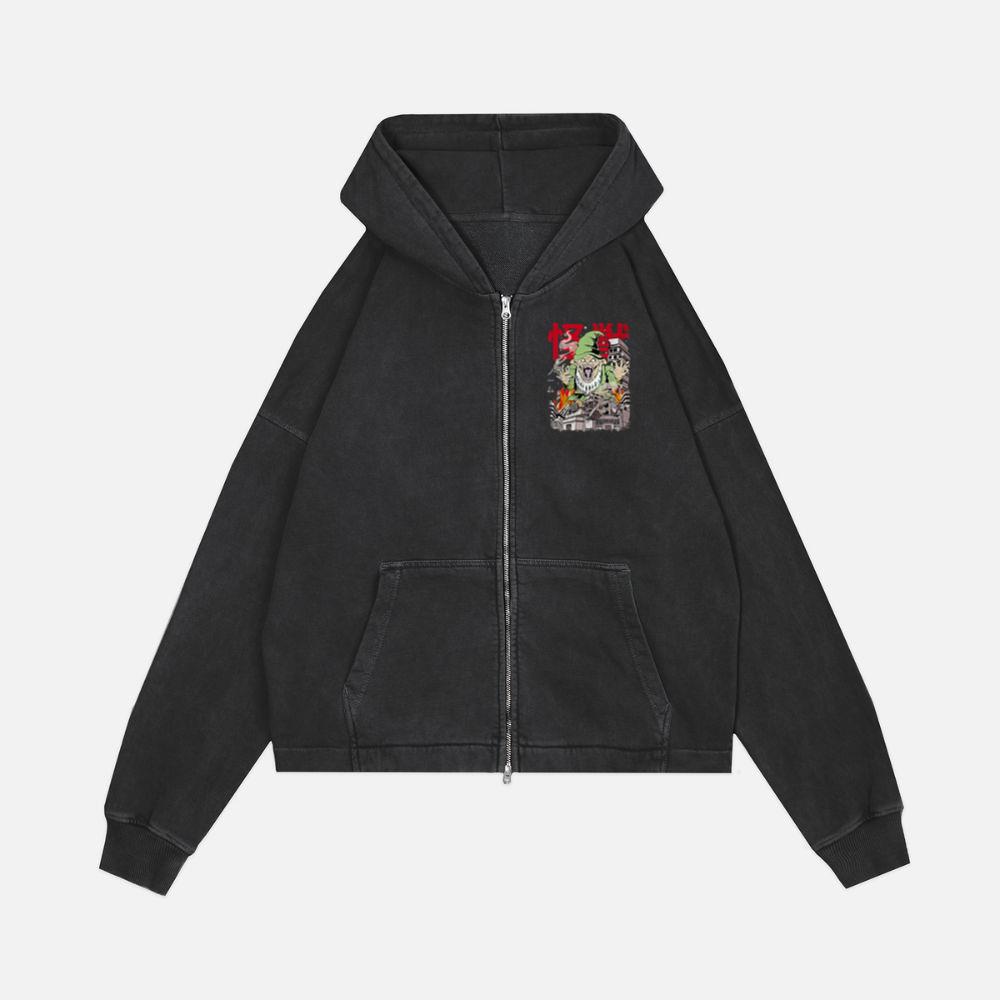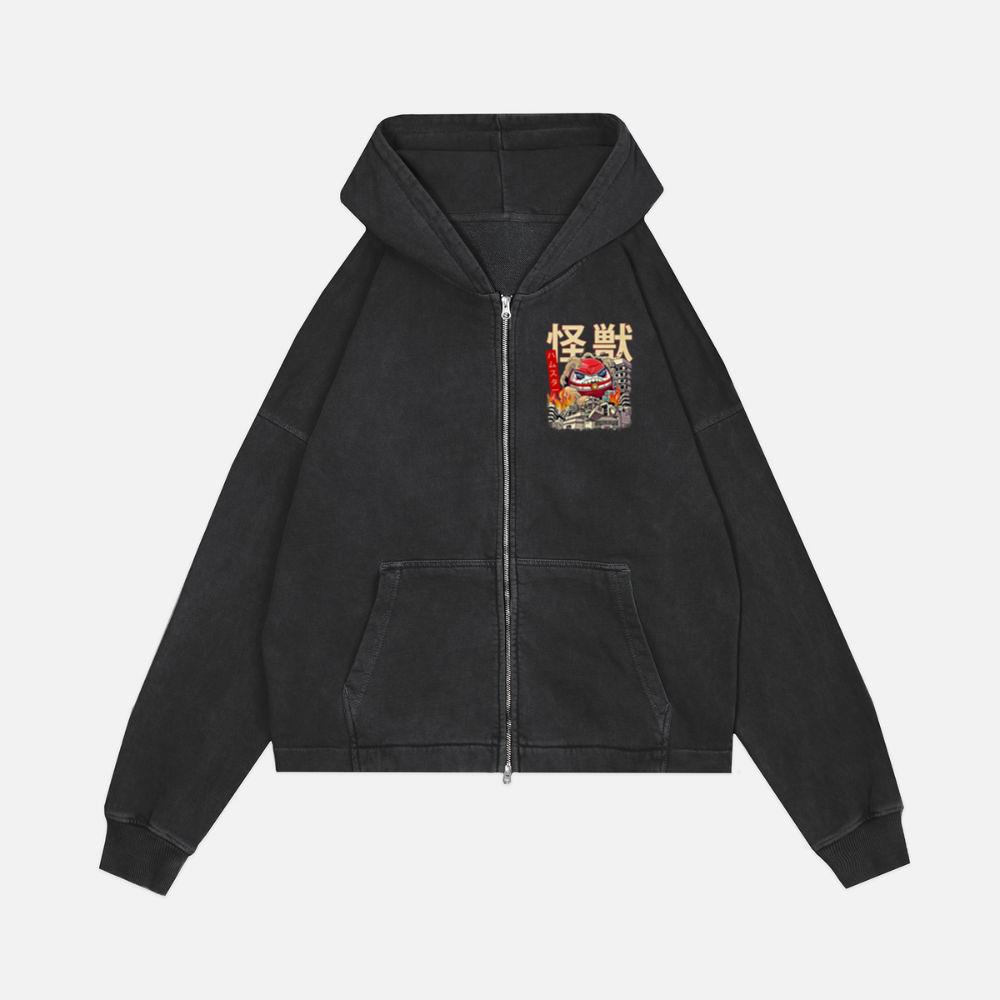1. The T-Shirt as the World’s Most Democratic Garment
Few items of clothing have achieved what the humble T-shirt has. It transcends cultures, ages, and social classes. It’s a blank canvas, a storytelling medium, a uniform of rebellion, and a comfort symbol all at once. From military undershirt to the heart of global fashion, the T-shirt’s evolution is nothing short of revolutionary.
In a world obsessed with trends and rapid change, the T-shirt stands firm — adaptable, timeless, and relevant. It doesn’t just reflect fashion; it reflects humanity’s evolution in style, comfort, and identity.
As minimalism rises once again in the 2020s and 2030s, the T-shirt has re-emerged as a central piece of the wardrobe — proof that simplicity, when done right, can be infinitely powerful.
2. A Brief History: From Undergarment to Icon
The T-shirt originated in the late 19th century as an undergarment worn by soldiers and laborers for practicality and hygiene. The soft cotton design, short sleeves, and crew neck made it ideal for hot conditions.
By the 1950s, Hollywood gave the T-shirt its swagger. Marlon Brando in A Streetcar Named Desire and James Dean in Rebel Without a Cause transformed it from underwear to outerwear. Suddenly, the T-shirt wasn’t just practical — it was rebellious, sensual, and young.
In the decades that followed, it became a cultural language. Bands printed their logos, activists printed their messages, and brands printed their identities. The T-shirt became a wearable voice — what you wore said what you stood for.
3. The Minimalist Renaissance
In recent years, as digital life has overwhelmed physical simplicity, fashion has begun to crave calm again. The minimalist T-shirt — clean, monochromatic, and well-fitted — has become a symbol of conscious living.
This new wave of minimalism isn’t about deprivation; it’s about intention. It’s the art of choosing fewer, better pieces — garments that last, that mean something, that let the wearer, not the clothing, take center stage.
A simple white T-shirt, perfectly cut, can say more than an entire outfit. It tells the world: I know who I am, and I don’t need noise to prove it.
4. The Anatomy of a Perfect T-Shirt
To understand the T-shirt’s enduring appeal, you have to appreciate its structure — the details that make or break it.
- Fabric: Premium cotton, combed or ring-spun, ensures breathability and durability. Some modern options include bamboo blends or organic cotton for sustainability.
- Fit: The modern standard is balance — neither too tight nor too oversized. Shoulder seams should align naturally, sleeves mid-bicep, and length just below the belt line.
- Neckline: Crewnecks remain classic, but V-necks, mock necks, and oversized collars add subtle variation.
- Color: Minimalism thrives in neutral tones — white, black, beige, charcoal, navy. Each hue fits seamlessly across outfits.
- Stitching and Finish: Flat seams, double-stitched hems, and pre-washed cotton prevent shrinking and enhance longevity.
A well-crafted T-shirt isn’t loud. It’s quietly perfect.
5. The T-Shirt and Modern Identity
The T-shirt has become one of the few fashion items that feels both deeply personal and universally accessible. It’s how people express politics, art, humor, or emotion. A vintage band tee tells your taste. A local designer’s print signals support for creativity. A blank tee can even be a statement — of restraint, or confidence.
In an era of identity fluidity, the T-shirt thrives because it allows space for individuality. It’s a neutral foundation that adapts to the personality of the wearer. You can wear it to look tough, clean, ironic, or serene — all depending on how you style it.
6. Minimalism in Streetwear — The T-Shirt Revolution
In the 2010s and 2020s, streetwear exploded into mainstream fashion, driven by brands like Fear of God, Aimé Leon Dore, and Stüssy. Yet among all the oversized silhouettes and graphic explosions, the quiet minimalist T-shirt began to reclaim its space.
Streetwear minimalism isn’t about being plain — it’s about focus. Clean lines, high-quality fabrics, and impeccable fit replaced logos and slogans. The modern streetwear T-shirt looks effortless but intentional — the difference between lazy and luxe is in the fabric weight, the drape, and the way it sits on the body.
Fashion insiders often call it “the silent flex” — understated, confident, and quietly elevated.
7. The Power of Fabric and Texture
What separates a regular T-shirt from a premium one isn’t just the price — it’s the tactile experience. The rise of material science in fashion has elevated the T-shirt to a new level of comfort and performance.
- Organic Cotton: Soft, breathable, and chemical-free, it’s the choice for eco-conscious brands.
- Supima Cotton: Known for longer fibers, it’s smoother and stronger than regular cotton.
- Modal and Tencel: Derived from beech trees, these fibers provide a silky feel with moisture-wicking properties.
- Heavyweight Cotton: Used by luxury labels for structure and drape — giving the T-shirt a sculptural presence.
Touch matters. A T-shirt isn’t just seen — it’s felt.
8. How to Style a T-Shirt in 2025
The modern minimalist wardrobe treats the T-shirt as its anchor. Here are a few ways it shines:
- Refined Streetwear: Pair an oversized tee with structured cargo pants and clean sneakers. Layer with a thin chain for subtle attitude.
- Smart Minimalism: Combine a crisp white T-shirt with tailored trousers and loafers. Add a lightweight trench or blazer.
- Relaxed Summer Fit: Go for a washed beige tee, linen shorts, and leather sandals. Finish with a tote bag.
- Gender-Neutral Aesthetic: A slightly oversized tee with wide-leg jeans or pleated trousers — perfect balance between soft and strong.
- Layered Look: Use a neutral tee as a base under open shirts, denim jackets, or bomber pieces.
The beauty of the T-shirt lies in its versatility. You can dress it up or strip it down — and it still works.
9. Sustainability and Slow Fashion
Minimalism and sustainability naturally align. Owning fewer, higher-quality T-shirts reduces waste and encourages mindful consumption. The new generation of brands focuses on small-batch production, ethical labor, and recyclable packaging.
Companies like Asket, Everlane, and Pangaia lead the movement, publishing transparency reports that detail every step of the process. The modern minimalist T-shirt isn’t fast fashion — it’s fashion built to last, to be washed, worn, and lived in for years.
Consumers, too, are evolving. People no longer buy for novelty but for value and ethics. A good T-shirt isn’t disposable; it’s dependable.
10. The Emotional Simplicity of the T-Shirt
There’s a reason the T-shirt endures across decades and generations. It feels familiar. It doesn’t demand attention, yet it never feels out of place. It carries a quiet confidence — one that says you don’t need to overcomplicate to impress.
In many ways, the T-shirt reflects life at its best: simple, honest, and lived with purpose.
When you slip on your favorite tee — soft, slightly worn, perfectly fitting — you’re not just wearing cotton. You’re wearing memories.
The T-shirt is more than clothing.
It’s identity in its simplest, most universal form.

